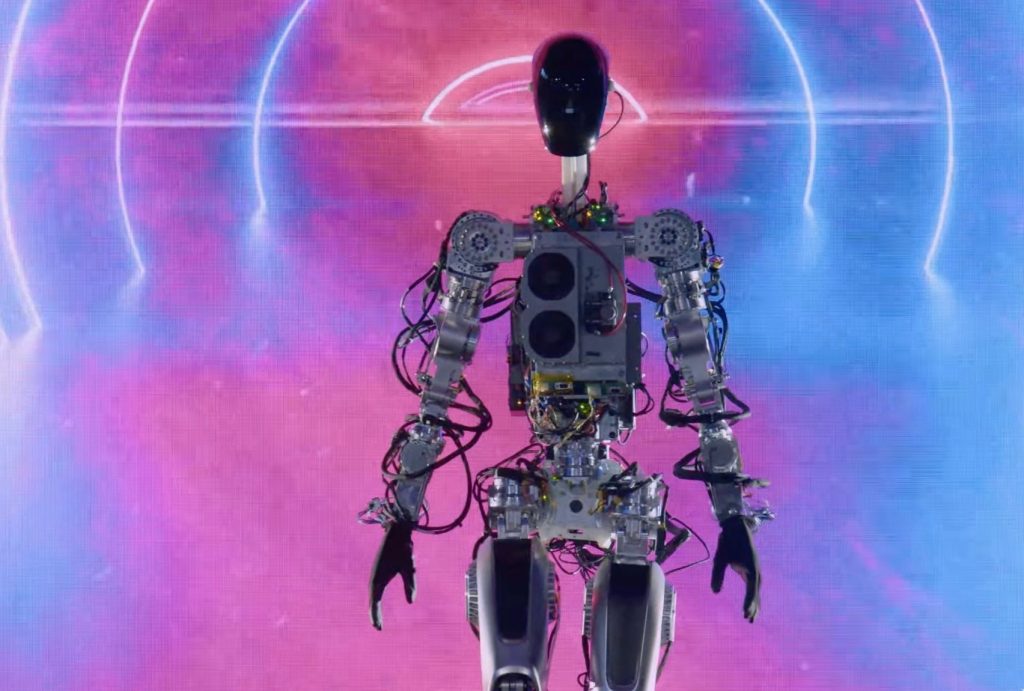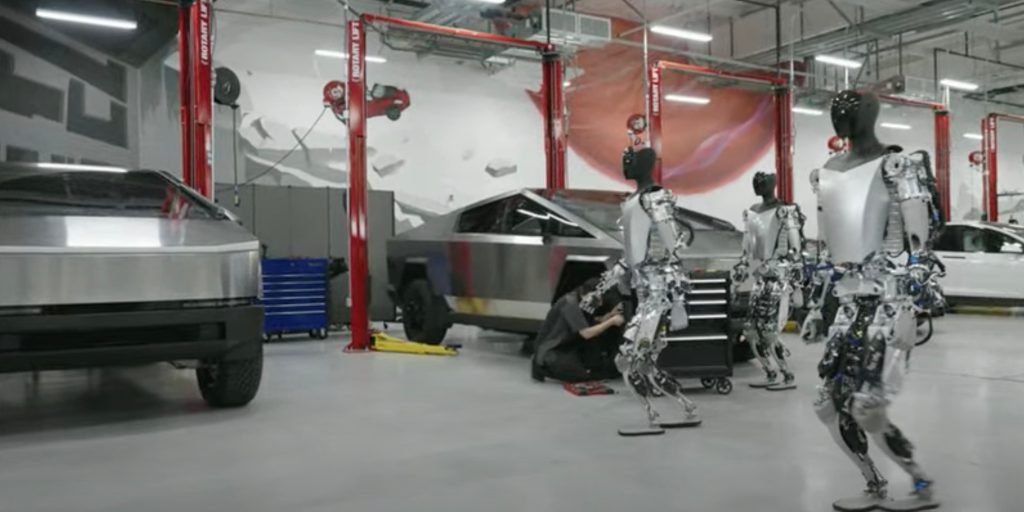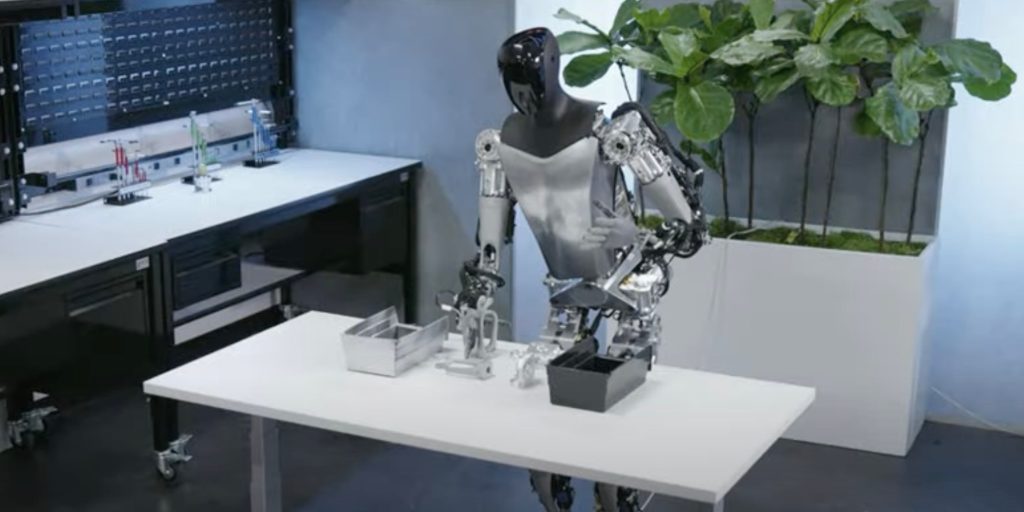
Tesla gave an update on its humanoid robot program, which is known as Tesla Bot or Optimus. New images of prototypes were quite impressive – making the project look less like a sideshow and increasingly like a potentially real product.
When Elon Musk first announced the Tesla Bot, many laughed it off as a sideshow or distraction to Tesla’s more important mission to accelerate the advent of sustainable energy.
The CEO hyped it up by describing how much value it would create by fixing the labor crisis, but like Tesla’s autonomous driving effort, everyone can see the value of humanoid robots – the problem is people have issues seeing Tesla making it a reality.
It didn’t help that the latest demo at Tesla AI Day last year was less than impressive.
At the time, Tesla had a very early prototype that didn’t look like much. It was barely able to walk around and wave at the crowd. That was about it.

The company also had another more refined-looking prototype, but it wasn’t even able to walk in time for the presentation.
Here’s what it looked like:

Tesla claimed to have a great opportunity to develop this humanoid robot because it could leverage a lot of existing hardware developed for its electric vehicles and software from its self-driving technology.
But it wasn’t clear how much effort was put into the project even though Musk claimed it became a top priority at Tesla early last year.
Now at Tesla’s 2023 shareholders meeting today, Musk gave an update on Tesla Bot that included a lot of new footage of multiple prototypes:
The footage included 5 Tesla Optimus prototypes, and they were seen performing simple tasks, walking around the office as well as in other Tesla facilities where Cybertrucks were around.

The prototypes were waking slowly, but they appeared to be stable.
While the tasks that they were performing were not really impressive, Tesla appeared to have made a lot of progress in developing the hands:

Tesla also gave a glimpse at the robots detecting and memorizing their environment.
Musk again claimed that the “Optimus stuff is extremely underrated”. The CEO said that the demand could be as high as 10 to 20 billion units.
He went as far as “confidently predicting” that Optimus will account for “a majority of Tesla’s long-term value”.
Electrke’s Take
I am still skeptical about this project, but I have to give credit where credit is due. This looks like a significant improvement over the last demo, which was just about 8 months ago.
The hands, which are arguably the most difficult part of a humanoid robot, are truly impressive here.
Now I think we are still at least about 3 years from a useful product, but that in itself would be amazing.
Mind you, that timeline is also when I think that Tesla will have a useful self-driving vehicle, which makes sense since Elon says that Tesla is leveraging its AI development for self-driving for Optimus.
While we can argue on the timeline, I wouldn’t bet against Tesla on this. On the hardware side of things, they do have a great advantage in leveraging their current EV hardware.
When you think about it, there’s no major engineering problem that needs to be solved in order to create a humanoid robot. It just needs to be efficiently packaged as well as designed and manufactured in a way that the robot doesn’t cost more than $100,000.
People didn’t think that was possible with electric cars and Tesla did it. I think they can do it for humanoid robots.
The AI side is the more difficult challenge. That’s why I am talking about ~3 years for a useful product. That’s accounting for the fact that Tesla has already made a lot of mistakes in developing AI for self-driving. Those are mistakes that it won’t make for the robot and at one point, it is going to run out of mistakes to make.
Also, a useful product doesn’t mean a robot that can replace a significant percentage of human laborers. It means that at the cost, it will replace some workers. It will likely be a decade before the capacity can extend to a large number of tasks and the cost of acquisition and operation make it a valuable option for deployment at scale.
Similar to what Tesla did with electric vehicles timeline-wise.
Author: Fred Lambert
Source: Electrek




Top comment by Anon
Liked by 13 people
This is one of those things – like mass produced electric cars, starship, or fsd, where once you achieve it, it doesn’t matter whether you predicted it would take 3 years and ends up taking 10. By definition you can’t be late when you are discovering new territory, because no baseline is credible with an N of 0 to back it up.
View all comments